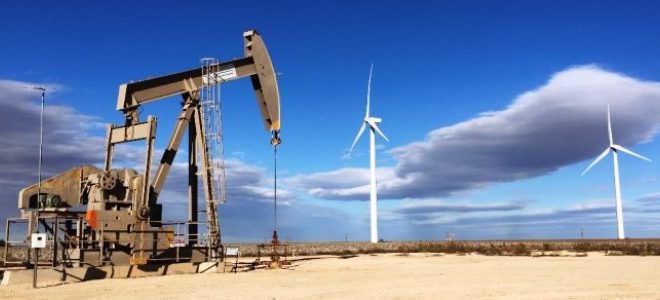Shale oil and gas producers need WTI prices at least US$50 oil to be able to see significant returns. analysts from Moody’s said in a research note today. For natural gas. the minimum price level to ensure reasonable profitability is US$3 per MMBtu. the analysts said.
The team studied the capital efficiency indicators of 37 shale drillers. focusing on operating cash margins and the costs associated with finding and developing oil and gas resources.
Over the first eight months of the year. WTI averaged US$49.34 a barrel. while the Henry Hub price per MMBtu of natural gas was US$3. Even though WTI prices are now above US$50 a barrel. the latest price forecast from the Energy Department sees the average for this year at US$48.83 and the average for 2018 at US$49.58.
While the Moody’s analysts acknowledged the progress that shale oil and gas producers have made in reducing their production costs. they argue that there isn’t much space left to further reduce these costs. What’s more. any additional cost reduction is more likely than not to be offset by the higher prices that oilfield service providers are now charging for their services amid the higher oil prices.
The research note suggests that the hard times are not over for many shale drillers. In his report on the note. CNBC’s Tom DiChristopher notes the substantial debt load of shale drillers. and how low breakeven levels are an insufficient indicator of profitability for the very simple reason that breakeven and profit are two different things.
As the Moody’s researchers put it. E&.Ps in the shale patch. like other producers. need to be able to `recover their costs. earn a meaningful return on their investments. reinvest in further development of their acreage. repay debt and reward shareholders for the risk and cyclicality associated with the industry.`

 Iran Energy News Oil, Gas, Petrochemical and Energy Field Specialized Channel
Iran Energy News Oil, Gas, Petrochemical and Energy Field Specialized Channel



